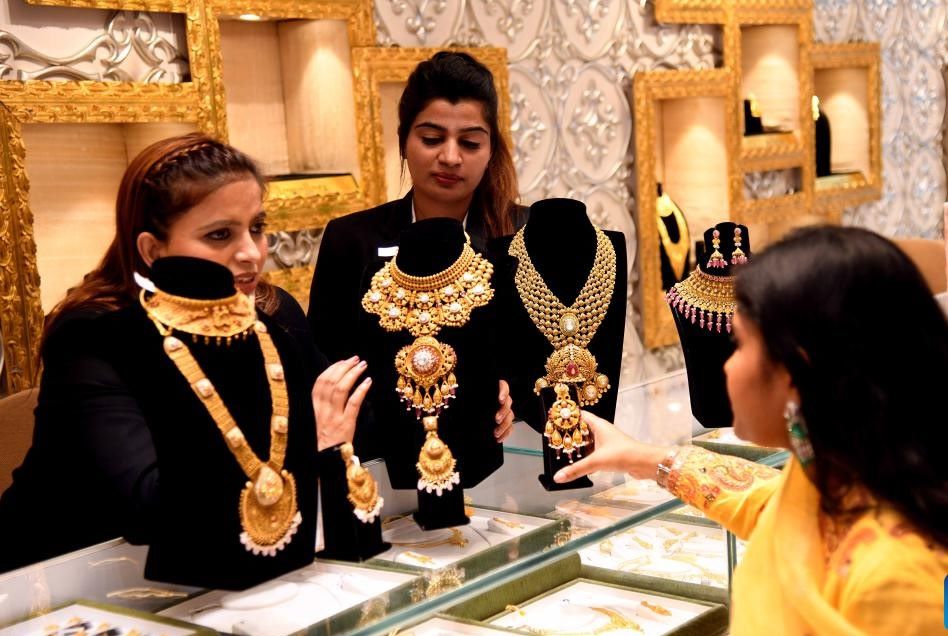On March 14, the world spot gold price surpassed the 3,000 USD/ounce mark for the first time and continued to increase, bringing the total increase since the beginning of the year to more than 15%. This has fueled a jewelry fever in many Asian countries as consumers take advantage of profits from their gold collections.
Reuters said that in India, the world's second largest gold consumer, domestic gold prices have increased by more than 32% since the government cut import tariffs in July last year. As a result, the supply of recycled gold from the people has increased strongly.
In less than 7 months, I have made a profit of more than 25% from selling 4 taels of 10 grams of gold that I had bought before, said Mr. Unmesh Patel, a textile trader.
According to the Indian Gold and Jewelry Association (IBJA), if gold prices remain at their current highs, the country's gold demand could fall by more than 30% in 2025.
Despite the peak wedding season in India, gold shops have recorded a reduction in the number of customers by more than half compared to normal.
Vaishnavi M - a future bride in the state of Kerala - shared: "The high price of gold has disrupted my wedding budget. I am considering changing some of my mother's old jewelry to save money."
According to the World Gold Council (WGC), the supply of recycled gold in India will reach 114.3 tons in 2024 and is expected to continue to increase this year.

A similar situation is also true in the Middle East and China. Jewelry centers in the Middle East saw a decline in demand for gold. A gold dealer in Dubai said: "Normally, Indian tourists buy gold in Dubai to avoid import taxes, but now they are also hesitant."
Andrew Naylor - Head of Public Policy and Middle East, World Gold Council - said that about 60% of the demand for gold in the UAE is for jewelry and when prices are high, consumers will buy products with lighter weight.
In China, the jewelry market has been sluggish since last year. Peter Fung - Trading Director at wing Fung Precious Metals - said that consumers are switching to buying gold bars and gold bars instead of expensive jewelry due to high processing fees.
Other major Asian markets have also seen a sharp decline in demand for gold jewelry, with more sellers than buyers.
According to Brian Lan - CEO of Singapore-based Gold Silver Central, consumers are switching to cheaper gold-plated jewelry or choosing to sell existing gold, as well as pledging gold instead of buying new.
The decline in demand for jewelry shows a change in the way consumers perceive gold: from a traditional item to a financial asset.
While demand for jewelry is gloomy, demand for gold bars and gold bars still has strong growth prospects. This could cause the gold market to continue to experience unpredictable fluctuations in the coming time.











